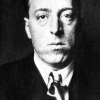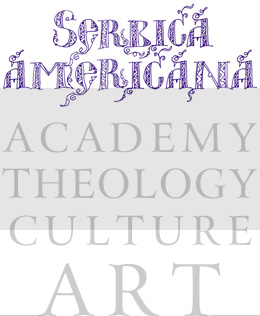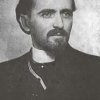United States Senator
George Victor Voinovich (born July 15, 1936) represents Ohio in the U.S. Senate, to which he was elected in 1998, and re-elected in 2004.
Born in Cleveland, Ohio, to a Serbian father and a Slovenian mother, Voinovich earned a Bachelor of Arts degree in government from Ohio University in 1958 and a law degree from the Ohio State University in 1961.
Voinovich began his political career in 1963 as an assistant attorney general of Ohio. He then served as a member of the Ohio House of Representatives from 1967 to 1971. From 1971 to 1976, he served as county auditor of Cuyahoga County, Ohio. In 1975, he made an unsuccessful run for the Republican nomination for mayor of Cleveland against incumbent Mayor Ralph J. Perk. .








